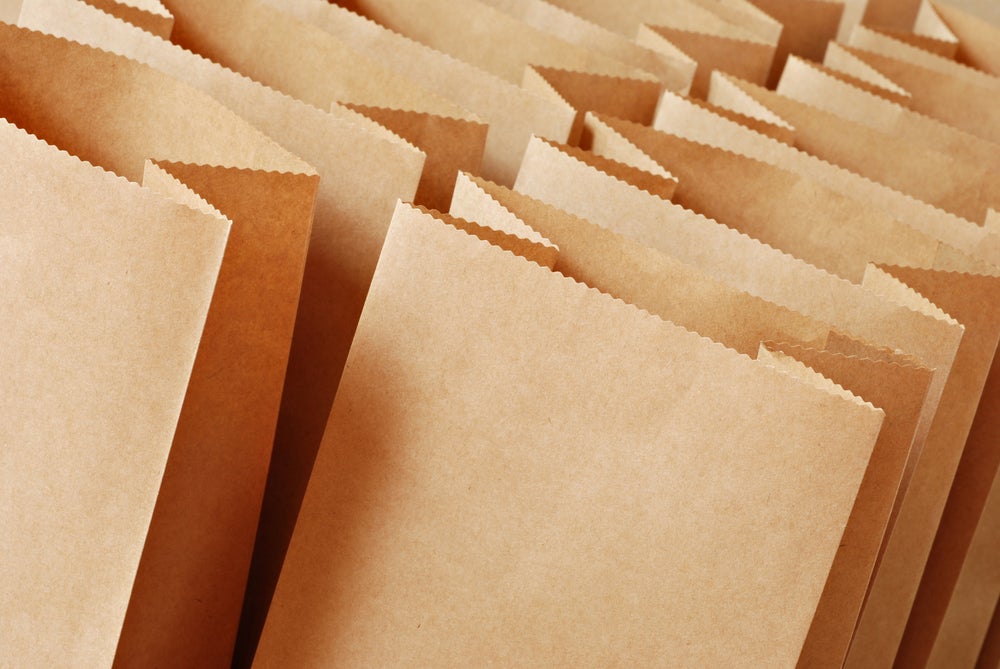
Not necessarily—there’s complicated environmental math involved.
Along with rising temperatures and sea levels, our oceans’ plastic content continues to skyrocket. Beached whale carcasses have been found with dozens of pounds of plastic waste in their stomachs, and as plastics break down into tiny ‘microplastics,’ they re-enter the food chain and, in turn, our bodies. So there’s good reason to cut down on plastic bags when grocery shopping. But paper bags might not be much better.
A 2011 study from the United Kingdom’s Environment Agency concluded that a paper bag could have three times the environmental footprint of a plastic one. While paper products biodegrade more easily, they still come with a lot of carbon emissions attached in their production. They also require much more water to produce than plastic bags, are a substantial contribution to deforestation, and replanted forests for paper require heavy chemical fertilization.
Canvas tote bags are even worse, leaving 40 times the carbon footprint of a plastic bag, which means you’d need to use a canvas bag 40 times just to break even on environmental impact. With a wealth of crummy options, the best we can do is re-use all types of bags—paper, plastic, and canvas—as much as possible.